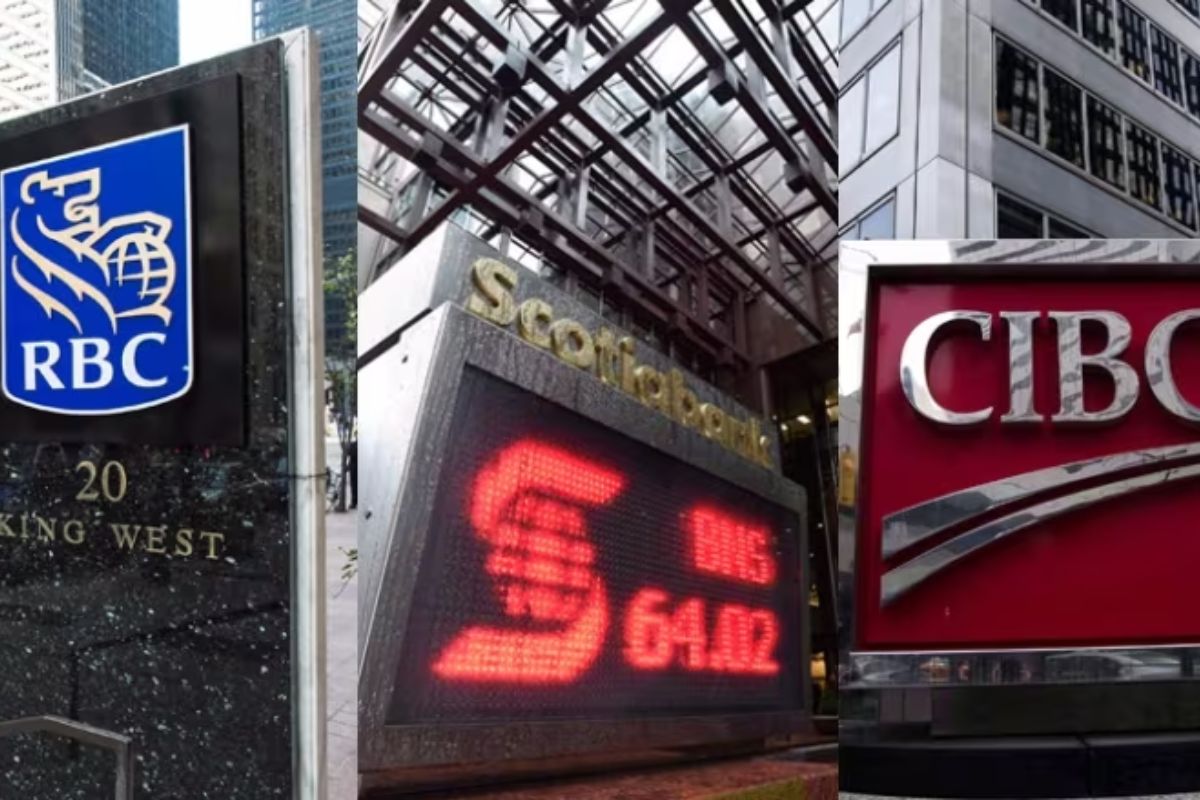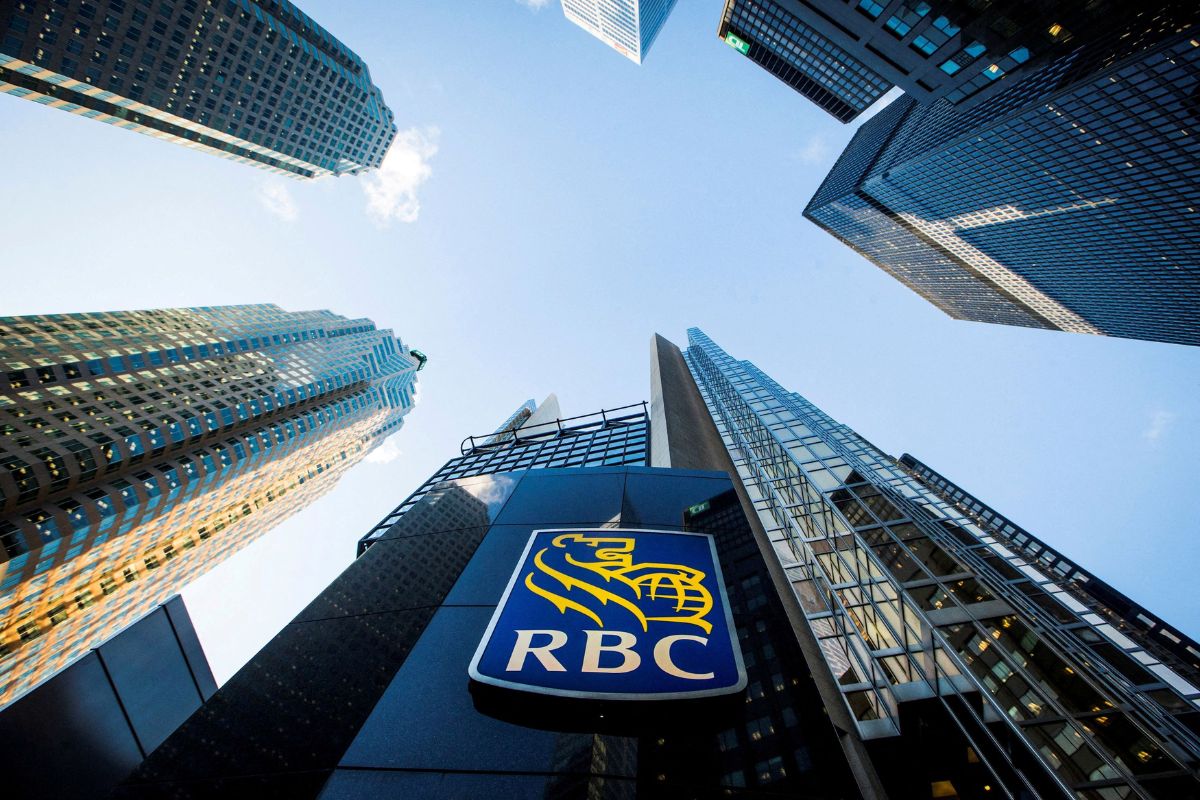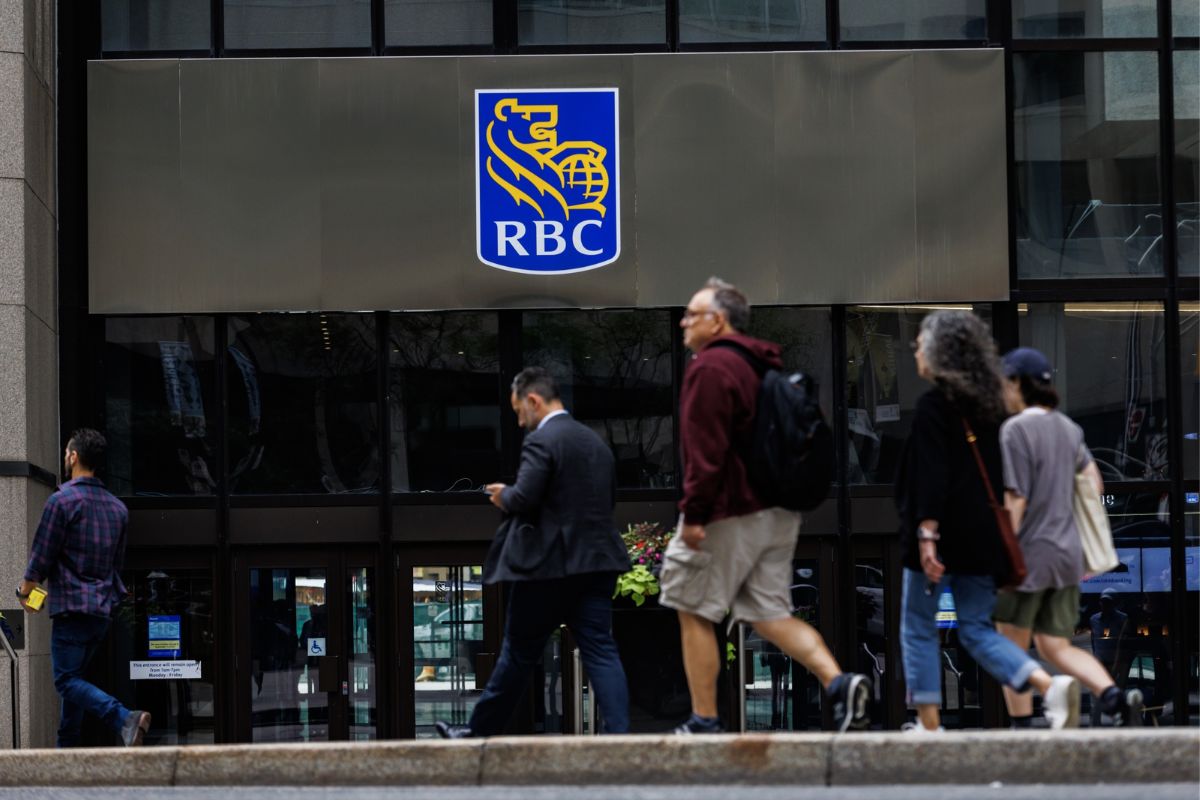Canada’s Bank Secrets: Unveiling the intricacies of Canadian banks’ office loan secrets is akin to deciphering a compelling financial puzzle. As investors navigate the complex landscape of commercial real estate financing, a closer examination of Canadian banks’ strategies reveals a shrewd approach marked by limited exposure to the volatile U.S. market.
However, amidst this cautious stance lies a hidden world of potential challenges and lucrative opportunities waiting to be explored. Stay tuned as we unravel the enigmatic realm of Canadian banks’ office loan secrets, shedding light on what savvy investors should be mindful of in this dynamic arena.
Limited Exposure to U.S. Commercial Real Estate (CRE)
The strategic decision to limit exposure to U.S. commercial real estate has positioned Canada’s major banks favorably amidst the current global economic uncertainties. While their counterparts in the United States and Europe grapple with the repercussions of a tumultuous real estate market, Canada’s top six banks stand resilient due to their prudent risk management practices.
Shareholders are optimistic about the banks’ ability to weather the storm, given their diverse loan portfolios and conservative lending strategies. As the first-quarter earnings approach, investors are eagerly awaiting to see how these banks navigate the challenges posed by bad loan provisions that continue to weigh on financial institutions worldwide.
The limited exposure to U.S. commercial real estate not only shields the Canadian banks from the worst of the economic downturn but also underscores their astute decision-making in a volatile market environment. This strategic advantage sets them apart and instills confidence in their ability to thrive amidst uncertainty.
Also Read: EQ Bank Shines as Canada’s Best-Performing Stock of 2023
Canadian Banks’ CRE Exposure and Resilience
Amidst the global economic uncertainties, Canadian banks have strategically managed their exposure to commercial real estate, with Canadian Imperial Bank of Commerce (CIBC) leading the pack with 11% of its loan book dedicated to CRE. The top three Canadian banks also maintain significant exposure, with around 10% of their total loans involved in CRE.
National Bank of Canada follows closely behind with an 8% exposure at the end of fiscal 2023. Analysts, such as Matthew Lee from Canaccord Genuity, remain optimistic about the resilience of the Big-6 Canadian banks in the face of challenges in the U.S. CRE sector. They believe that the impact on these banks will be minimal due to their diversified loan portfolios. The prudent risk management practices of these institutions have positioned them well to weather potential storms in the commercial real estate market.
| Bank | CRE Exposure |
|---|---|
| Canadian Imperial Bank of Commerce (CIBC) | 11% |
| Top 3 Canadian Banks | 10% |
| National Bank of Canada | 8% |
Challenges and Opportunities in the U.S. Market
In the realm of the U.S. market, Canadian banks are facing challenges and opportunities as they navigate regulatory scrutiny and competitive landscapes. Canada’s major banks have encountered hurdles such as the U.S. Justice Department’s investigations into anti-money laundering practices at TD and the need for Royal Bank of Canada to inject capital into its U.S. subsidiary, City National. These challenges have sparked concerns among investors about the stability and profitability of Canadian banks’ U.S. ventures.
Despite these obstacles, there is a glimmer of hope as expected growth in capital markets revenues is on the horizon with deal activities picking up pace once again. RBC Capital Markets forecasts a promising 16% increase in earnings from the U.S. segment for large Canadian banks, indicating a potential silver lining amidst the stormy seas of regulatory scrutiny and fierce competition in the U.S. market.
Navigating these challenges will require strategic finesse and a keen eye for emerging opportunities to ensure Canadian banks’ continued success across the border.
News In Brief
Canadian banks’ strategic restraint in U.S. commercial real estate (CRE) emerges as a shield in global economic uncertainty. With limited exposure to the volatile U.S. market, the top six banks, led by Canadian Imperial Bank of Commerce (CIBC) at 11% CRE exposure, showcase resilience. As bad loan provisions cast shadows globally, these banks’ diverse portfolios and risk management ease investor concerns. Challenges in the U.S., like TD’s anti-money laundering probe and RBC’s capital injection into City National, pose hurdles. However, optimism prevails as capital market revenue growth is anticipated, hinting at potential opportunities amid regulatory scrutiny and U.S. market intricacies.



